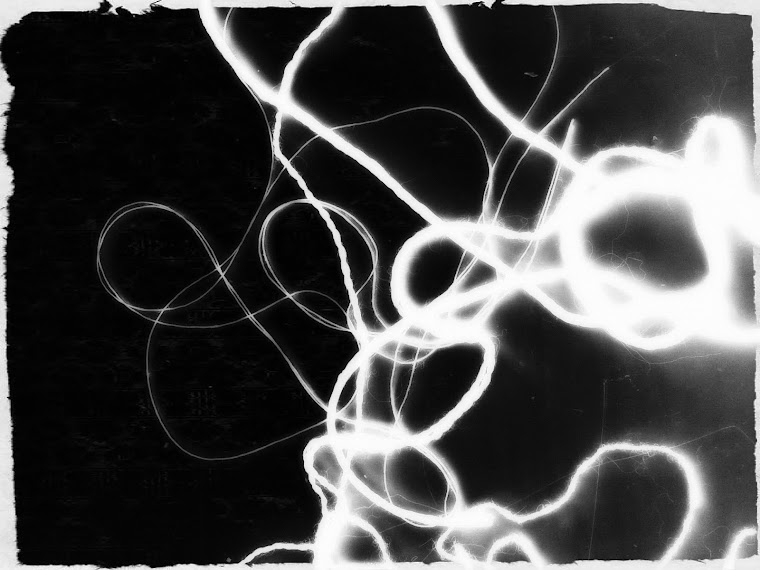 |
Mafune Gonjo (b 1984). Beauty has a thorn. 2008. Glass, metal, cotton
Shown at Slow Art, Nationalmuseum, Stockholm
Photo © slow creations |
Things are maybe getting better! There
is something going on… slowly and strongly... Concepts like slow art, slow fashion and so on are
gaining more recognition, concepts and principles that is very far away from
the consumption stress and hectic life-styles of many of us. Maybe somewhat
provocative for some people, these concepts are about choosing to live with
respect for our environment and our planet, choosing to use your hands, materials
and time of your life, for maybe weeks, months or years to make one piece of art.
One of the most creative and important artists in this field is American-born Abigail Doan who at the beginning of this year wrote "Slowing down is ironically a better way for me to examine my ideas about what seems essential for making headway in the studio and beyond." in her always fascinating and beautiful blog.
I would like to pay
attention to an amazing, immensely well-curated exhibition at Nationalmuseum in
Stockholm, Sweden. It ends on Sunday February 3rd so you would better hurry (if you are
in town). I saw information about it when it opened last autumn, but
nevertheless, I ironically ended up hurrying to see Slow Art just the other day... Nationalmuseum is
going to close for well-needed renovations (for some years) and the house is
filled with eager visitors of all ages. The atmosphere when I was there was
warm and nice.
 |
Slow Art, Nationalmuseum. Light by Gert Ove Wågstam
Photo © slow creations |
The exhibition Slow Art shows
almost 30 pieces made of silver, textile, glass, paper and ceramics, most picked from the collections, and "celebrates a contemporary
movement in fine craft where technique, materials and the work process are
considered especially important". And it really lives up to that. Most
of us cannot imagine how much time is needed to make these pieces. The immense
skill, and patience, that was need in making them, is paired with exquisite eye
for creation. That is, I mean, they are not only well done, so to speak. The
works are poetic and evokes feelings like tenderness for life´s fragility and
evanescent beauty but also of strength and often, even more astonishing, all of
this at the same time.
The curator, Ph D Cilla Robach, has done the most when picking out and
juxtaposing the objects, some of them shown without show-case. She also seem to
have a deep understanding for the creative process judging from the labels and
the catalogue that, besides being sold, is very generously free to down-load here (in Swedish). There is also an app in connection to the exhibition.
 |
Eva Hild (b 1966). Ceramic shapes no 2. 2000 .
Helena Hörstedt (b 1977). Broken Shadow. 2008. Silk, leather.
Slow Art, Nationalmuseum, Stockholm. Photo © slow creations |
 |
Gunilla Lagerhem Ullberg (b 1955). Images. Herbarium, 2011. Petals, glue . Slow Art, Nationalmuseum, Stockholm.
Photo © slow creations |
My "old" favourite, Finland-born Pasi Välimaa, is contributing with an embroidery that took him about a year to create, working on it now and then. I think Pasi Välimaa is a perfect example of slow art!
I really encourage everyone to visit Nationalmuseum and I am looking forward to more exhibitions in the future curated by Cilla Robach.
In a later post I will try to explore my own relation to "slow" which is something I work with in my own way, to challenge my impatience and keep me grounded.
 |
Pasi Välimaa (b 1968). Embroidery. 2001. Cotton, linen. Slow Art, Nationalmuseum, Stockholm.
Photo © slow creations |

























